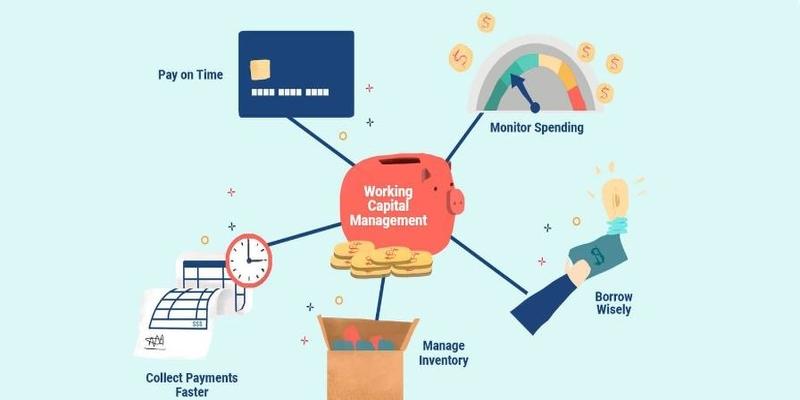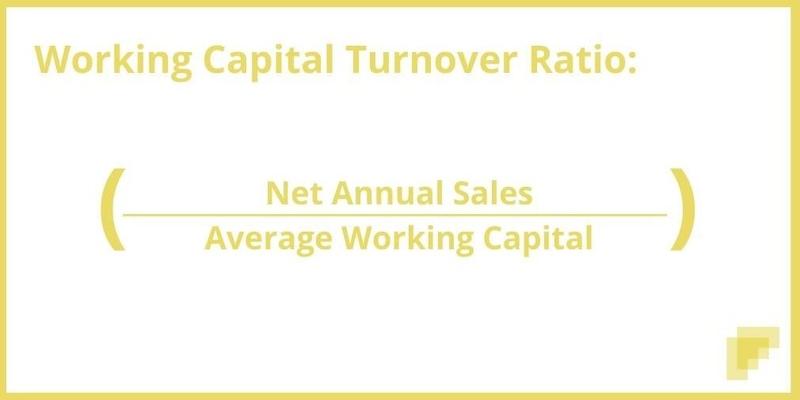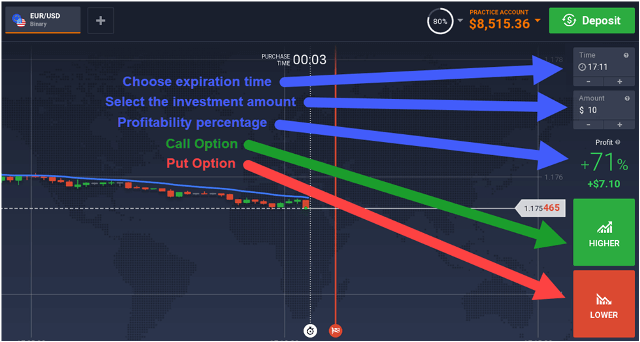What Is Working Capital Management?
Cash flow, the most liquid asset, has to be controlled in various forms, with working capital being no exception. Working capital management business strategies are designed to ensure your business runs efficiently. However, you can only implement those strategies once you adequately know their meaning, uses, and circumstances. This is why we have assembled this guide to discuss working capital while educating you on all the other crucial information. So, without any further ado, let us dig into the content.
All you need to know about working capital management

Understanding the working capital
When understanding working capital management, it is imperative to have in-depth information about the working capital itself. While most people consider it a cash amount an entrepreneur has for starting a business, the true meaning extends far beyond it. In the business context, working capital means the financial metric that symbolizes all the liquid assets of an entrepreneur or an organization for meeting all the short-term goals. How do you calculate the working capital? Working capital can be calculated through a simple formula. Accumulate all your current liabilities and subtract the sum of current assets from it. Whatever is left is your current working capital that needs to be managed.
What is working capital management?
 Working capital refers to all the opportunities a businessman has to maintain sufficient cash flow for a short-term cycle. It is made up of assets and liabilities. The current assets include cash, account receivables, inventory, and other liquid assets. Hence, it would help if you were well-informed about all the working capital management components for efficient management.
Working capital refers to all the opportunities a businessman has to maintain sufficient cash flow for a short-term cycle. It is made up of assets and liabilities. The current assets include cash, account receivables, inventory, and other liquid assets. Hence, it would help if you were well-informed about all the working capital management components for efficient management.
Components of working capital management
You must know some components of working capital management.
- Cash: Cash is essential to a working capital management strategy. It involves the management of the company's cash flow by predicting the needs and optimizing all the inflow and outflow to double-check if sufficient cash is available to meet its obligations. As cash flow is the most significant current asset, startups must be extra careful with time-bound deposits.
- Account receivable: Companies can use the accounts receivable as working capital while waiting for the credit sales. It involves credible policies and monitoring the customer payment.
- Account payables: Account payables are another significant component of working capital management. Companies leverage it as a tool to have greater control over the other aspects of working capital.
- Inventory: Inventory is one of the most liquid yet risky elements of wing capital management. When an organization sells the industry, it relies upon customer preferences to convert it into cash. Thus, the action must be completed promptly; the owner might get stuck in the short-term resources circle.
Types of working capital management
Multiple types of working capital are capitalized under specific considerations of short-term working capital.
Permanent working capital
The permanent working capital refers to the total accumulation of the company's resources needed to operate the business without interruption. It is the bottom-level amount of all the short-term reliable sources an organization has for working.
Regular working capital
Regular working capital is one of the significant components of permanent working capital. It is an aspect an organization needs to pursue day-to-day operations and make up the total permanent working capital.
Reserve working capital
Reserve working capital is another component of permanent capital companies need, and additional working capital is required. It is used in uncertain situations to keep the company's operation going.
Fluctuating working capital
The company needs the fluctuating control tools of variable liabilities and calculates the total capital.
Gross working capital
Gross working capital is simply the sum of the business's current assets without short-term liabilities.
Net working capital
Last, the net working capital is the total difference between the current liabilities and assets. It helps determine whether or not the company is worth in the market.
Working capital management ratios
As mentioned, working capital management can only be done by knowing all the working capital ratios.
1: Current ratio

Also known as the simple working capital ratio, the current ratio is obtained by dividing the current assets by the current liabilities. It is a significant indicator of how well an organization has done in its finances during the fiscal year. If the working capital ratio is below 1, it means some trouble meeting the short-term goals and obligations. It happens because the values of short-term debts are more than the total number of short-term assets. Hence, a company might need to sell all the long-term investments to pay all the bills.
2: The collection ratio
The collection ratio, also known as the DSO (Days sales outstanding), measures how effectively a company has managed and reliably. It is calculated by multiplying the number of days from the span of the average account receivables. Nonetheless, the average between the beginning and ending balance is repaired through the simple average method to find the average amount of accounts receivable. The collection ratio is used to determine the average number of days a company needs to receive the payments after making the sales on credit. Remember, the deals in the collection ratio can cost businesses a significant loss. If the company is a compelling collection department, it can award its creditors interest and short-term loans to widen the business.
3: The inventory turnover ratio
The inventory turnover ratio is the metric that helps to operate the firm with maximum efficiency. However, it must minimize opportunity costs and risk to avoid stockpile uncertainty. It is calculated by dividing the COGS amount by the average balance in inventory. The ratio reveals how well the company is using its inventory in sales. A low ratio compared to the competitors shows that the firm's risk level is higher than usual. Thus, the organization must slow the production process to ease the insurance storage cost.
The Working capital management cycle
Companies use all the ratios discussed above to maintain the smooth operation. The working capital cycle measures the time the company might take to convert its current assets into cash whenever the need arises.
Why is it essential to manage the working capital?
There are multiple benefits to managing the working capital of an organization. Firstly, it helps to improve the management of cash inflow and outflow management and enhances resource use efficiency. The phenomenon also involves the timing of receivables to conserve cash. This is done by stretching the supplier's payment to make the most of the available credits.
Conclusion
On the bottom line, working capital management is one of the significant components of the business lifecycle, which helps ensure that every process remains working smoothly. There are multiple components of working capital management, such as cash, accounts receivable, inventory, etc., discussed in detail in the content above. Also, find information about different types of working capital management, such as the current ratio, collection ratio, and inventory ratio. So, read the whole content carefully to understand working capital management.













